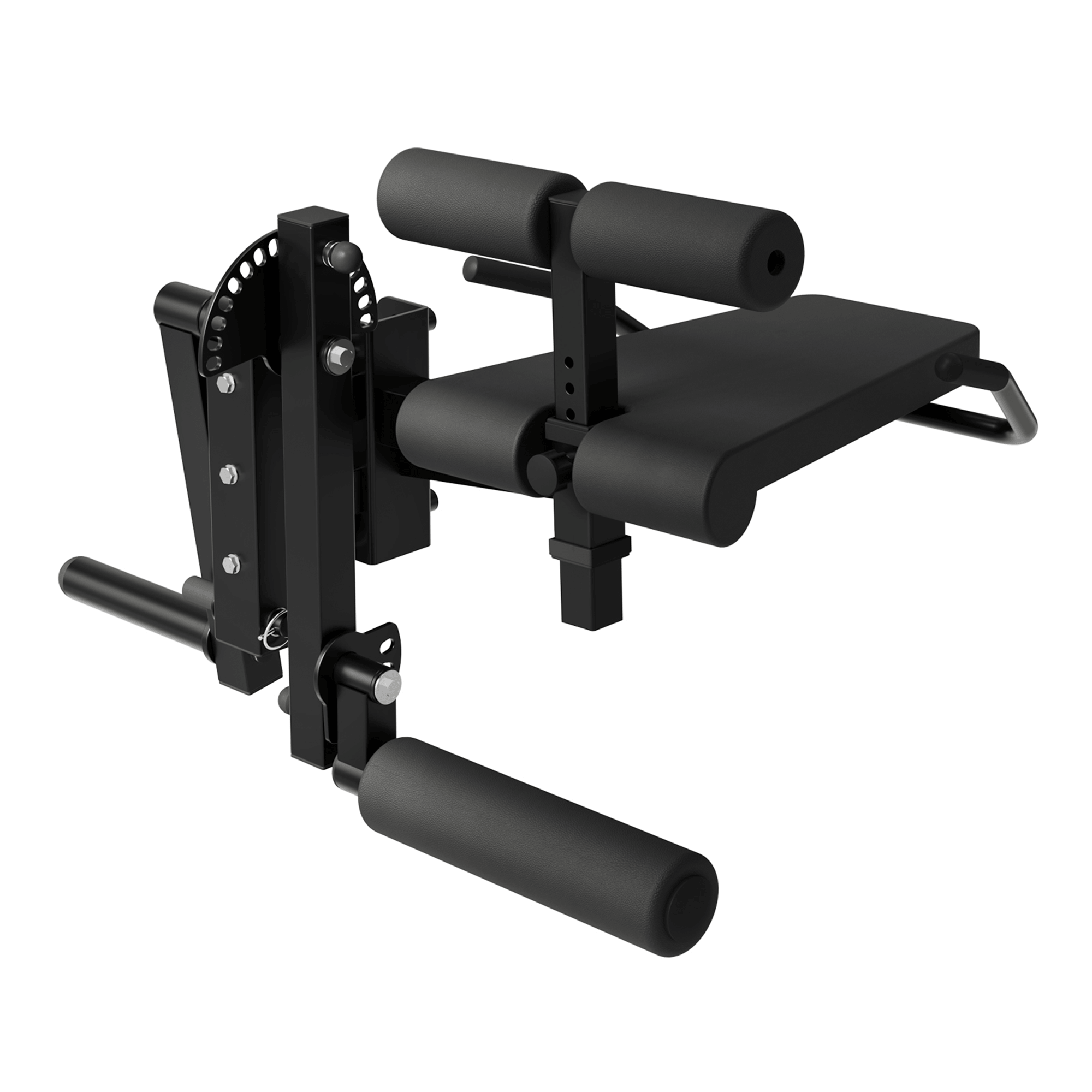A structured and flexible personal trainer routine is the backbone of success for both trainers and their clients. Whether you're creating a personal trainer workout plan for fat loss, muscle gain, or general fitness, the key is to blend scientific programming with real-life adaptability. This guide breaks down how to create an effective personal training workout plan, with insights drawn from years of working with individuals of all fitness levels.
What Makes a Great Personal Trainer Workout Program?
A strong personal trainer fitness plan should:
-
Be tailored to the client's goals and fitness level
-
Include a balance of strength, mobility, cardio, and recovery
-
Allow room for progressions and plateaus
-
Be easy to follow, yet challenging to maintain motivation
Every personal trainer exercise plan should begin with a thorough assessment. This includes posture analysis, movement screening, lifestyle discussion, and clear goal setting. From there, build a weekly split that reflects time availability and specific objectives.
Sample Weekly Personal Trainer Plan
| Day | Focus | Notes |
|---|---|---|
| Monday | Full-Body Strength | Compound lifts, RPE 7-8, 3 sets of 6–8 reps |
| Tuesday | Conditioning + Core | HIIT, sled pushes, planks, stability ball work |
| Wednesday | Active Recovery or Mobility | Stretching, foam rolling, yoga-style movements |
| Thursday | Upper Body Push + Pull | Superset strength, add bodyweight accessories |
| Friday | Lower Body Strength + Plyos | Squats, hip thrusts, box jumps, Romanian deadlifts |
| Saturday | Optional Cardio or Skill | Running, agility, or kettlebell flow |
| Sunday | Rest | Full recovery |
This workout routine for personal trainers allows flexibility while emphasizing progression, variety, and functional fitness. Use it as a base and modify it with regressions or intensifiers depending on your client.
How to Use a Personal Training Planner
A personal training planner isn't just for writing workouts. It's a tool to:
-
Track client progress
-
Schedule monthly fitness re-evaluations
-
Rotate through training blocks (hypertrophy, strength, power, endurance)
-
Note down form cues and recovery strategies
This level of planning is essential to maintain client motivation and long-term results.
Real-Life Experience: Learning from Clients
I once worked with a client who struggled with consistency. Instead of prescribing an intense personal trainer workout program, we simplified it to 30-minute circuits, three times a week. We focused on mastering basic movements—squats, push-ups, rows, and carries. Within two months, not only did they gain strength, but their energy and confidence dramatically improved.
The lesson? The most effective personal training workout routines are the ones that get done—consistently.
Final Thoughts
Whether you’re designing personal training workouts routines for athletes or beginners, the foundation remains the same: clarity, structure, and adaptability. A great trainers workout plan isn’t just about exercise—it’s about coaching habits, mindset, and sustainable progress.
By investing in smart planning and thoughtful customization, every personal training routine becomes more than a program—it becomes a path to transformation.















































Leave a comment
This site is protected by hCaptcha and the hCaptcha Privacy Policy and Terms of Service apply.